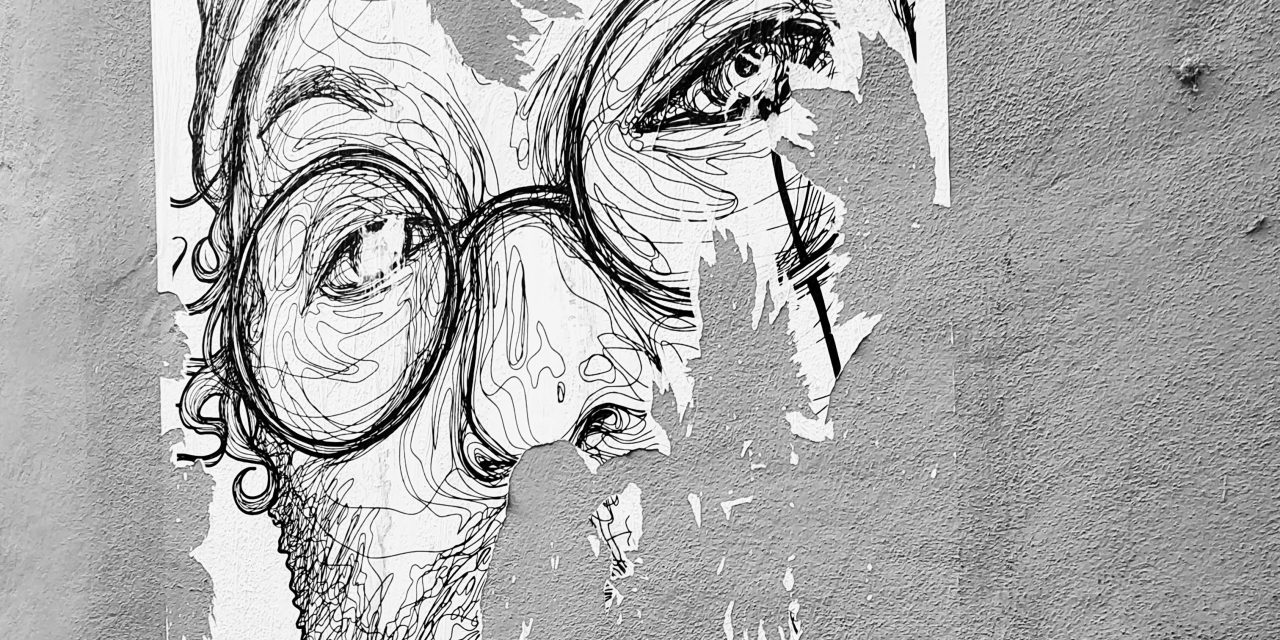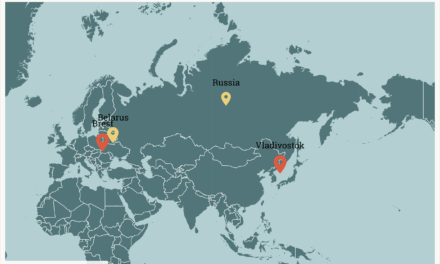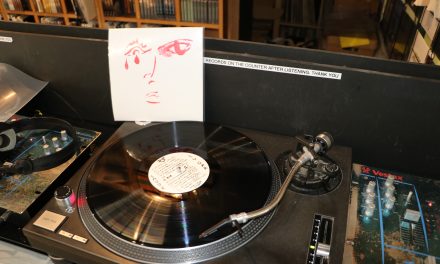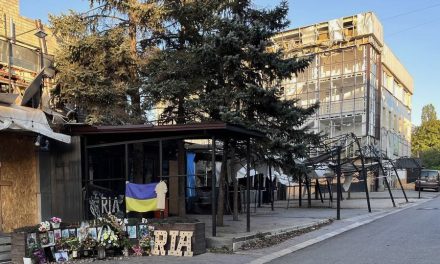In an increasingly globalized world, many are concerned over losing culture. Bologna’s artists have participated in cultural movements which have made Bologna the city it is today. These artists highlight the role of art in shaping culture, in sharing ideas, and in preserving traditions.
People crowd a walkway lined with peeling posters and displays of art supplies, they are art students headed to DAMS, Discipline delle Arti, Musica, e Spettacolo. They slip into an arched entrance which hides a hall of marble tiles, great stone statues, and numerous doors. This place is historic. The founding of Bologna’s cherished art University, DAMS, in 1971, represented part of a rising cultural movement of the seventies which would go on to define many of the things Bologna stands for.
Artists in Bologna played a big role in social movements. Filippini told how “It was illegal to demonstrate in February and March 77, but it was also Carnival, so the students of DAMS built a Chinese dragon in order to a parade for carnival, that was actually a demonstration.” Their art would go on to be held in high regard by Bologna’s institutions today, for its role in influencing Bologna. ““The production of the 70s, paradoxically, is now used by the institutional framework to promote the city.”
The city is known for its work in the social sector, and it promotes this image. Michele Filippini, professor of Social Movements, Cultures, and Arts at DAMS, says “The intellectual work, the cultural work, the third sector work, that was very niche and difficult to find fifty years ago, is now about fifty percent. DAMS started as a bet that this kind of workforce would grow.” It was the artistic founders who made this bet, and the fruit of their labor can be seen.
Artists in Bologna, according to Filippini, are “technicians who organize the cultural production of the city.” They are photographers, cartoonists, jewelry makers, musicians, and craftsmen and they have stories to tell. They hope to inspire others by expressing their ideas. Artist Valentina says, “In the media they want to divide, male vs female, south vs north, but through art we can inspire others to stand together in community.”
The collections hanging along the streets have more to say. Outside, on a busy shopping street hangs framed pictures. They are a part of Bologna’s street art festival, Cheap. These works petition for social goals and human rights movements.
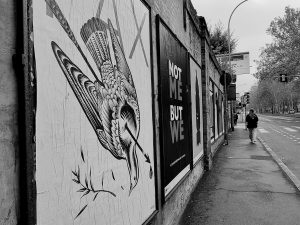
A Cheap exposition commenting on current affairs which calls for peace, unity, abortion rights, freedom of expression, and more.
Francesca Romana D’Amico, a member of the city council, says “this is one of the most important festivals in Bologna because it is a collective group that works on social programs.” Filippini has a less positive outlook as he describes how cheap shows the shift of art to an institutional level in Bologna. As it is funded by the municipality, Filippini sees it as a “top down instead of bottom up” approach to culture.
While Cheap voices social initiatives, other art forms play a different role in shaping culture. Tucked into a quiet street, Alessandro Urso and his nephew are hard at work crafting string instruments, which they learned from Bologna’s old masters. He says “I do see culture being lost. Social media is dangerous for culture.” Artists like Urso uphold heritage.

Urso shows his workshop, where his current project lies nearly finished. He shows off this beautiful piece from 1779 which is being restored.
Valentina sets up a display of handcrafted jewelry and soap beneath a white canopy at Bologna’s art market. She says, “I agree that culture is being lost because people spend so much time with their devices and this is bad for creativity.” She sees creativity as an essential part of culture and humanity, and she tells how it is not globalization that is responsible for the loss of culture but rather division.
Valentina expresses how creating art and having experiences in community paves the way to reconnecting with culture and humanity. Artists like Valentina, all across Bologna, show how, in an ever more global world, their self-expression can represent dynamic aspects of a place’s community and culture.
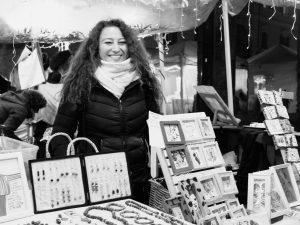
Valentino says, “Living in Bologna as an artist, it is nice because we can work and express ourselves, no problem.”

Valentino describes her work, “My art is freedom. I can express myself. I can live how I feel. My time in connection with how I feel inside. I am free, and this is the best for me. Before I worked as a teller in a bank and for me it was a prison.”

Alessandro Urso sits behind his desk with his instruments hanging behind him.
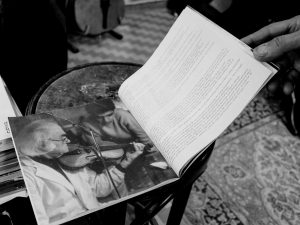
Alessandro Urso shows a glossy book which depicts the violin making master from whom he learned.

This shot shows a close up of this piece from 1799 which Alessandro Urso and his nephew are restoring.
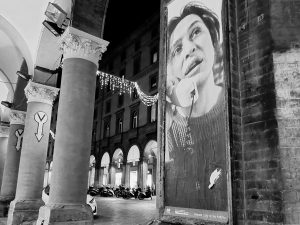
This art display hangs along a big shopping street and consists of many people’s lives peering through frames.. According to @cheapfestival, artist Lina Ball says “Photography to me is never a matter of distance, but rather showing, catching, and feeling more of what’s out there. It’s an empathetic boost.”

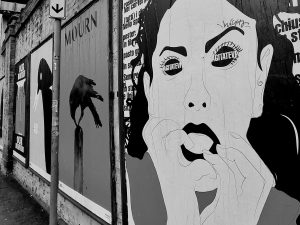
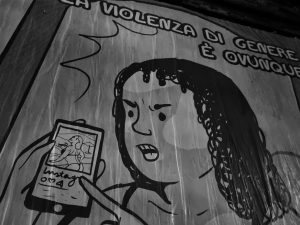

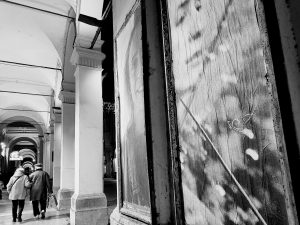
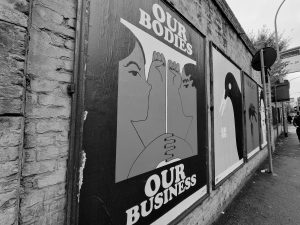
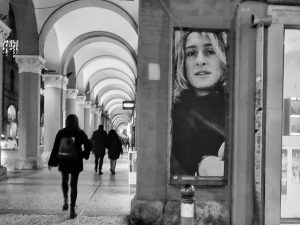
This shot, as with the six above capture pieces from three different Cheap expositions.
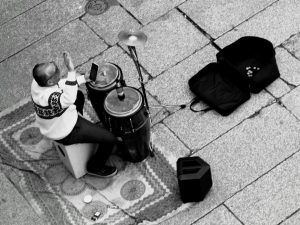



Bologna’s artists are diverse as seen in the above three photos. This take shows Claudia, a paper artist who sells at Bologna’s art market.

All of Claudia’s pieces are made from thousands of layers of paper.
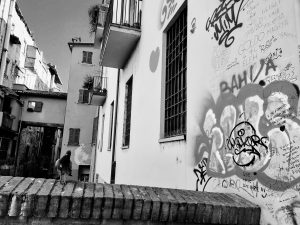
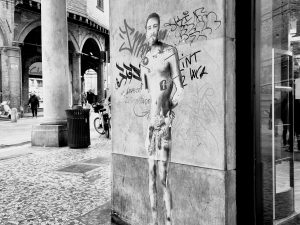

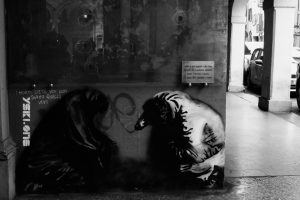
Bologna’s walls are its canvas. This graffiti is below a plaque which commemorates the shots fired by the Carabinieri against Francesco Lorusso on 11 March 1977, and the huge demonstrations which followed and became part of the city’s activistic legacy.
